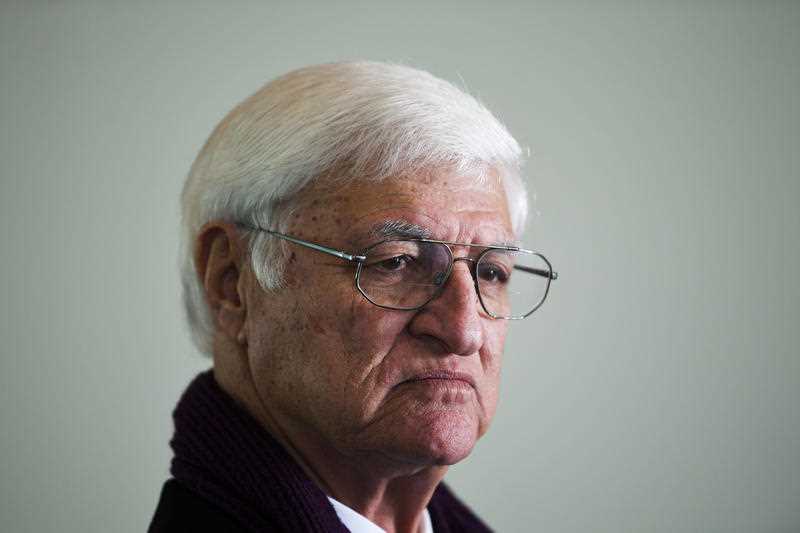Questions have been raised about the application of hundreds of millions of dollars designed to support the Great Barrier Reef.
The not-for-profit Great Barrier Reef Foundation oversees a fund “helping protect the coral reefs and the animals that depend on them”, according to its website.
Federal MP for the far north Queensland division of Kennedy, Bob Katter, said the Foundation was “gifted” $444 million by Canberra in 2018. He wants to know where the money has gone, while suggesting funds should be spent on carbon-reducing projects.
“They started off with six employees, now they’ve got 42 and I don’t know how many more are going to be employed,” Mr Katter said on Thursday.
“But this money is going where? We need it clearly at Cardwell, and we can give you no effluent, no CO2, no anything thanks to the new technologies and science.”
KAP are proposing a $150 million investment in Australian biotech company Pacific Bio to improve water quality and sediment run-off in the reef catchment.
Last week, UNESCO gave Australia a further eight months to upgrade its protection of the reef after it considered labelling the site as “in danger” due to several mass bleaching events, with government scientists rating the outlook as “poor to very poor”.
While questioning where the $444 million grant to the Great Barrier Reef Foundation fund in 2018 was spent, Katter’s party also queried why the Foundation recorded $401,000 of income in government COVID-19 grants in the 2019/20 financial year.
In a statement to AAP, Great Barrier Reef Foundation managing director Anna Marsden says there are 200 on-ground projects being delivered on the reef with 71 of these focused on improving water quality.
“At the half-way point of the partnership, $432 million has been committed, representing $275 million of the government grant and $157 million leveraged through corporate and project partners and philanthropy,” Ms Marsden said.
“Through the Reef Trust Partnership we’ve held more than 10 open grant rounds for water quality projects which we received a large number of high-quality applications that we’ve been able to support.
“However, the Foundation is always open to hearing about high impact projects that will help protect the Great Barrier Reef.”
Pacific Bio chief executive Sam Bastounas says his company’s sewage treatment plan has the ability to reduce sediment in the area by generating algae back to north Queensland farmers in a closed loop system.
“It’s not the GBR Foundation’s role to fix sewage treatment plans, it’s the local, state and federal governments that need to fix this,” he told AAP.
“We believe we can address that with $150 million of total spend.”
Mr Bastounas said over the next three years his company could clean up effluent out of the Great Barrier Reef catchment zone.
“Why should the poorer communities of north Queensland be disadvantaged and have their residents swimming in beaches that have sewage treatment plans draining into them that don’t comply with international standards?”
AAP



